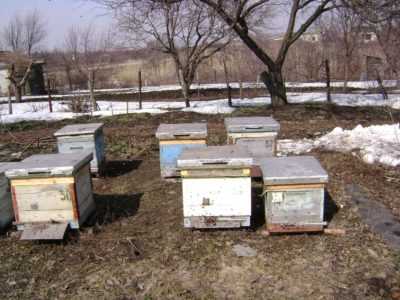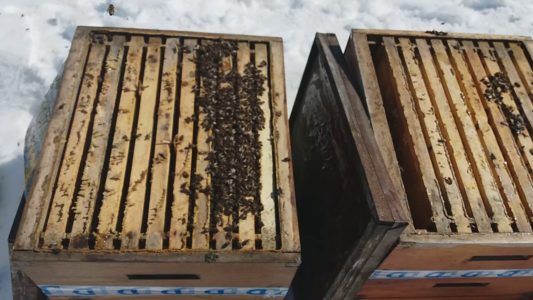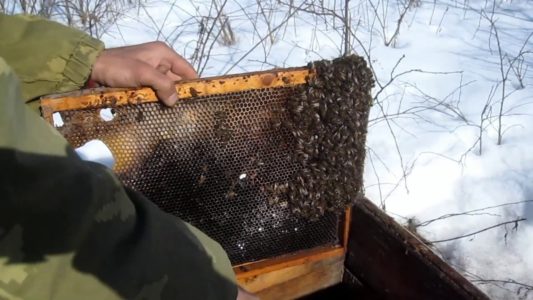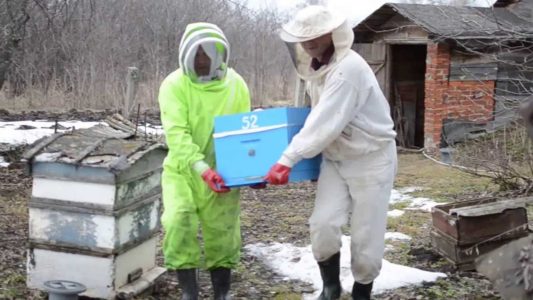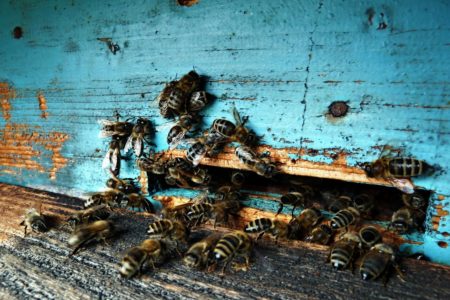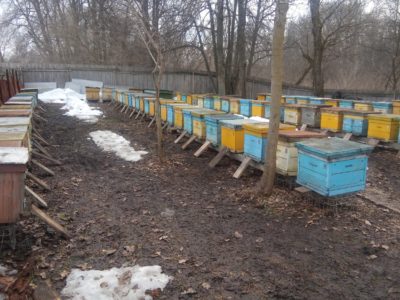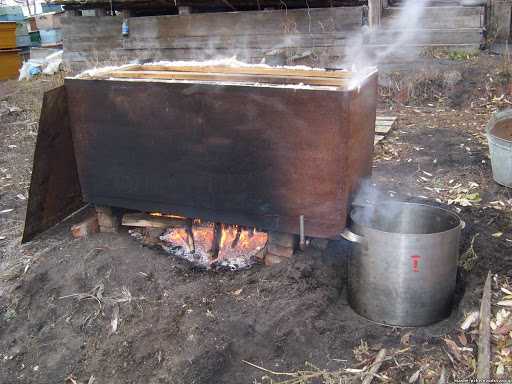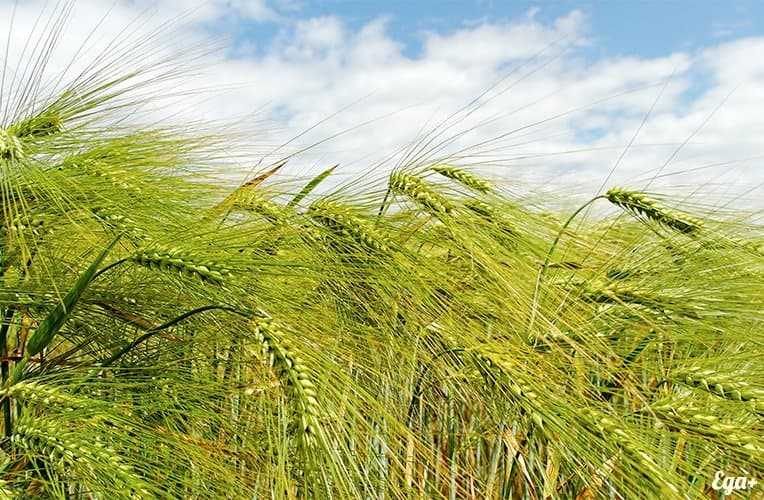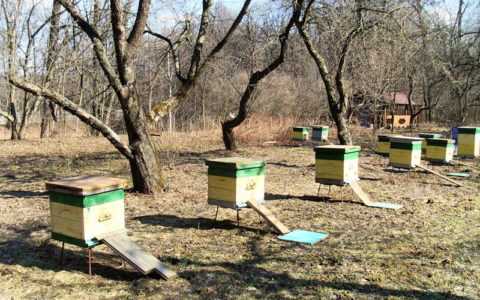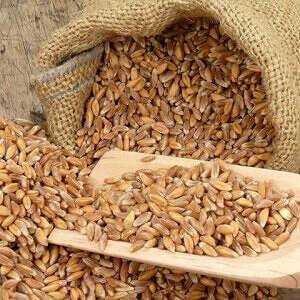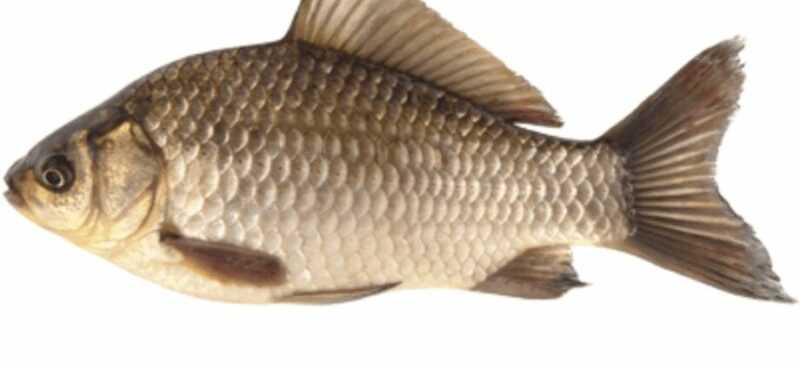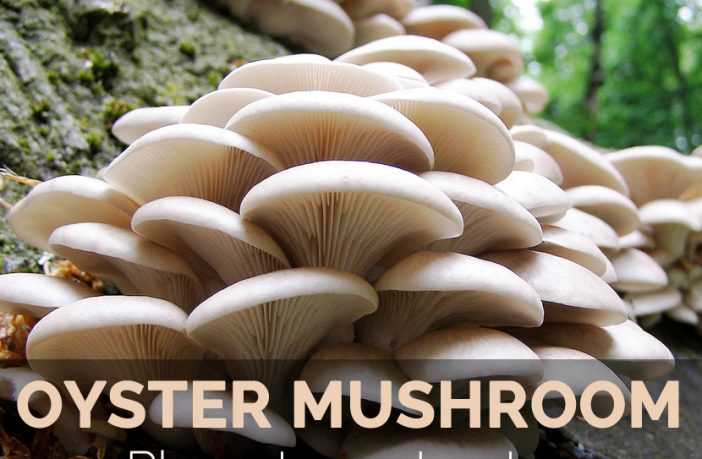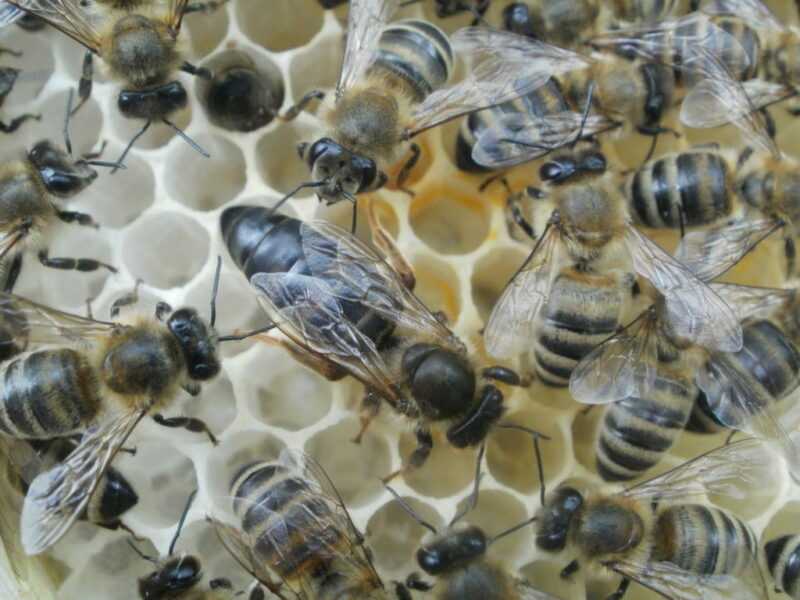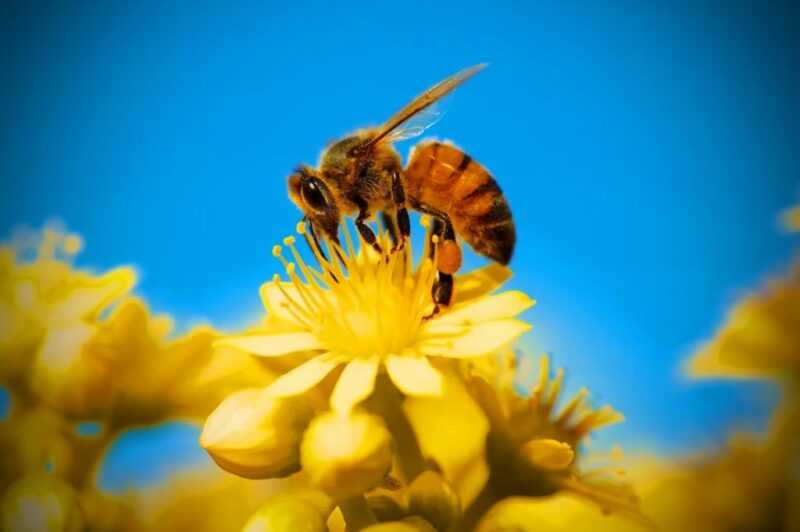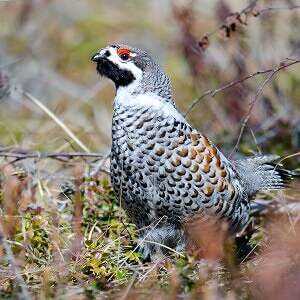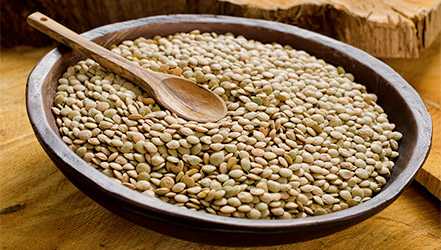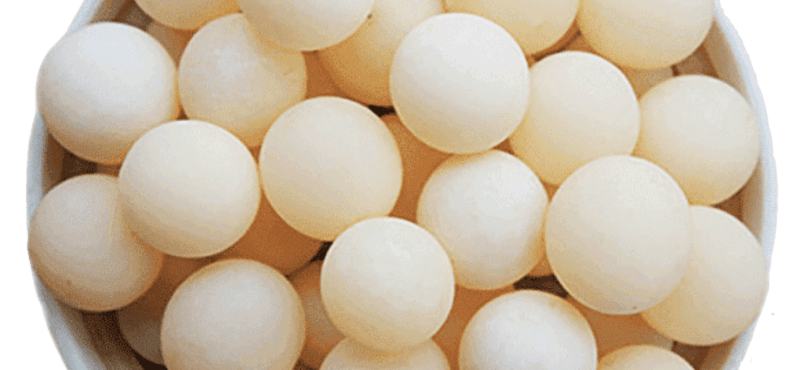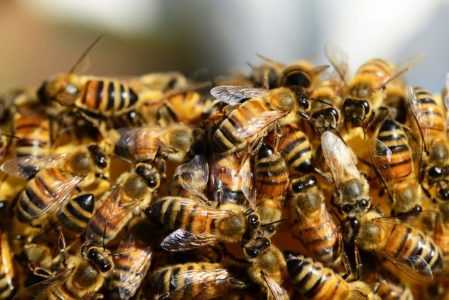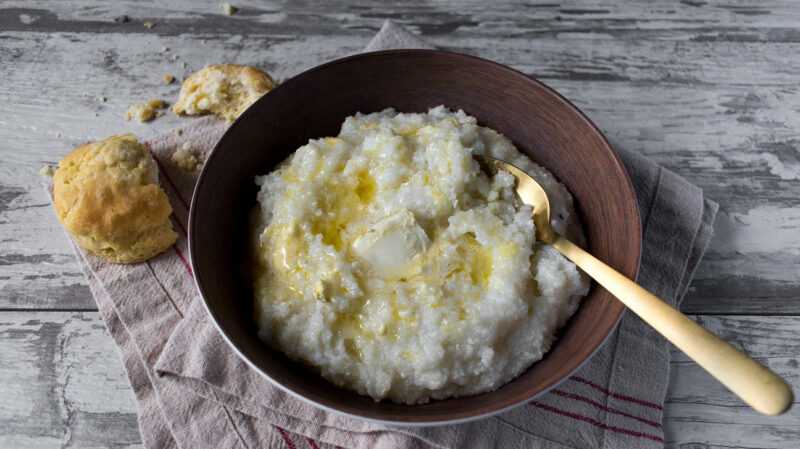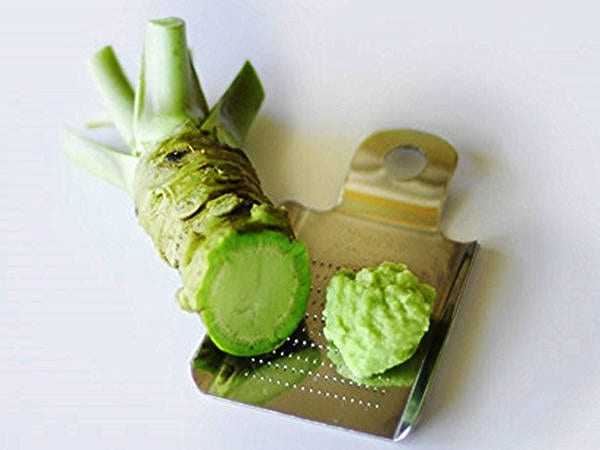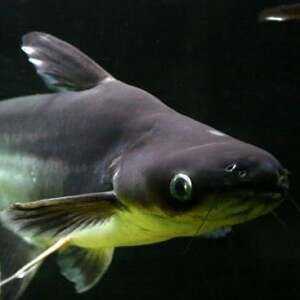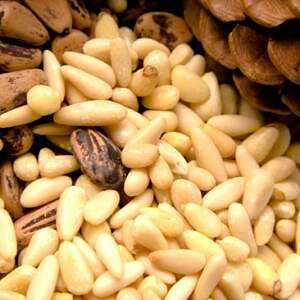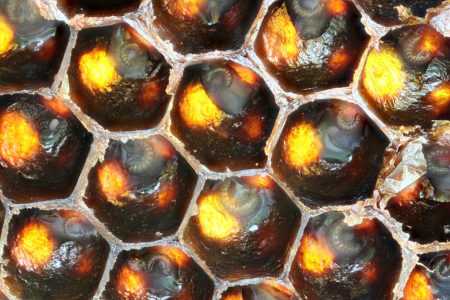All beekeepers are eagerly awaiting the arrival of spring in order to carry out the bees after wintering. There is no specific date for this. Beekeepers are guided by the absence of ice on water bodies or by the time when the snow has completely melted. Simply put, this is the time when the temperature is already stable and keeps above 8 degrees. But even under such conditions mass death of bees sometimes occurs after the first flight. Therefore, there are certain rules that it is advisable to adhere to.
When can you start the exhibition?
Most of the beekeepers plan to take out the bees after wintering by the end of March. But if night frosts are still observed, then it can be taken out in mid-April, and sometimes in early May. For example, if this happens in Siberia, Bashkiria or the Urals, where the first flight of the bees is done much later.
Important!
The bee should make the first flight at the moment when the first honey plants appear.
Many beekeepers are guided by the flight of wild bees. Their appearance will tell you when to take the bees out of the winter house. It is important to pay attention to the behavior of your charges and the location of the apiary itself. The activity of the bees, the noise in the hives indicate that they can be taken out of the winter house.
Some apiary owners are guided by folk signs when to expose bees from the winter house. In Poland, this is the Annunciation, we have St. Alexei’s Day. But this is an approximate guideline, since Orthodox holidays can fall on different days. Better hope for the weather forecast. If a stable heat is established, the hives are put outside.
Takeout rules
Each apiary owner has his own rules on the basis of which the beehives are placed on the street. But there are a number of general recommendations when it is better to expose bees from the winter house:
- with the arrival of spring, gradually lower the temperature in the winter house, just open the doors for the day;
- sprinkle the area for the hives with ash, peat or hay;
- take out the hives after winter on a sunny, windless day in the morning;
- close all the hives before taking them out;
- carry out on a stand, try not to shake;
- install each hive where it was last season.
The bee has a memory of its last year’s habitat, it remembers well. Therefore, it is important for the owner to remember the sequence and location of the hives so that the bee does not fall into someone else’s family.
Carrying out bees after wintering
Beehives and grounds have been prepared, a bee exhibition may be held. If there is still snow on the ground, be sure to lay out a layer of hay. Otherwise, the fallen bee may die.
If the hives are placed close to each other, then they must be opened in the street one by one. Otherwise, the bees can confuse families. When the first family makes the first flight, you can open the next ones one by one. It is important to control the behavior of each family. If the bee is weakened, then the first flight is weak. But this is already in the case when the hives are taken out. After the onset of spring, it is important to prepare the apiary for the new season.
Preparing the apiary for the season
Every beekeeper knows how important it is to create optimal conditions for every family. The amount of collected honey and brood depends on this. Therefore, it is necessary to carry out a number of necessary actions:
- prepare frames, wax them (at least 10 pieces for each family);
- repair old hives, disinfect, install pallets;
- prepare inventory, foundation;
- if honey stocks are minimal, prepare sugar for feeding;
- prepare a place for hives before taking out.
If the hives are located in an open area, then it must be fenced off. Make sure families are out of the shade of trees or under artificial turf.
How to properly hold an exhibition
After the location is determined and the hives are prepared, an exhibition of bees from the winter house is carried out. The start of work must be scheduled for the morning hours on a sunny day. It is important that the first flight of the bees is completed no later than noon. If the beekeeper has a lot of hives, then it is better to carry out such work in the evening. Then the bees fly out in the morning and can make the first flight after winter in the warm season.
An exhibition of bees is necessary after the temperature in Omshanik is close to the outside temperature. To do this, doors and windows are opened regularly, and on the last day for the whole night. With the first rays of the sun, they begin to carry out:
- fasten the carrying handles or use a stretcher;
- move them only when the entrances are at the back;
- take the bees out into the street carefully, do not make noise or shake the hives at the time of transformation;
- place on prepared sites.
After about half an hour, the bees make their first flight.
Cleaning flight
The characteristic symptom of this period is profuse bowel movements. Experienced beekeepers know that the process needs control. This will make it possible to understand that everything in a particular family is in order. If the family flies out together, and after the first flyby begins to actively clean the hive, then everything is in perfect order.
In the case when the uterus died during the winter, insects fly out in small groups, activity is not observed. It may be that bees wake up for a long time after a satisfying winter. It is enough to lightly knock on the hive for them to wake up and start an active flight.
After the first flight, you can remove the top cover, and after the family returns, you can conduct an inspection. If the queen has been lost, the bees are moved to another colony. If the first flight did not take place, then there may be several explanations for this:
- early bee exhibition;
- poor feeding in the winter.
In order for the resettlement to a new family to be painless, you can drop a few drops of peppermint or anise oil into the hive without a uterus and into the house where she is alive. Then all the bees smell the same and no conflict will happen. They do this the night before, before taking the bees out into the street.
Recommendations
By their nature, all bees love to steal sweet things everywhere. But cases of theft arise through the fault of the owner of the apiary. This happens in several cases:
- the presence of queenless families in the apiary;
- expansion of the entrance;
- violation of the rules of winter feeding;
- uncleaned wax residues.
In addition to preventing cases of theft, it is necessary to ensure that the frames are closed. To do this, use canvas fabric or ceiling boards. This is usually done when inspecting the frames in the spring to avoid extraneous intrusion. If it is noticed that outside bees continue to enter the hive, remove it and carry out the removal of bees from the winter house a little later.
For novice beekeepers, useful advice from professionals by month will help
- End of March – April… The bees wake up, after examining the families in the absence of freezing temperatures, the hives are taken out of the winter house to the prepared sites.
- April… Recycling of defective honeycombs for wax, waxing of frames.
- May… Expansion in nest hives. Breeding queens, forming a new family.
- June… An ideal month to replace old queens. This month it may be necessary to move the apiary to another place with a large number of honey plants.
- July… Installing new combs, collecting honey for winter feeding and pumping out the main honey.
Compliance with simple rules, correct and careful care of families is the key to a bountiful harvest. Spring work in the apiary will ensure a stable harvest and top dressing until the next season.
